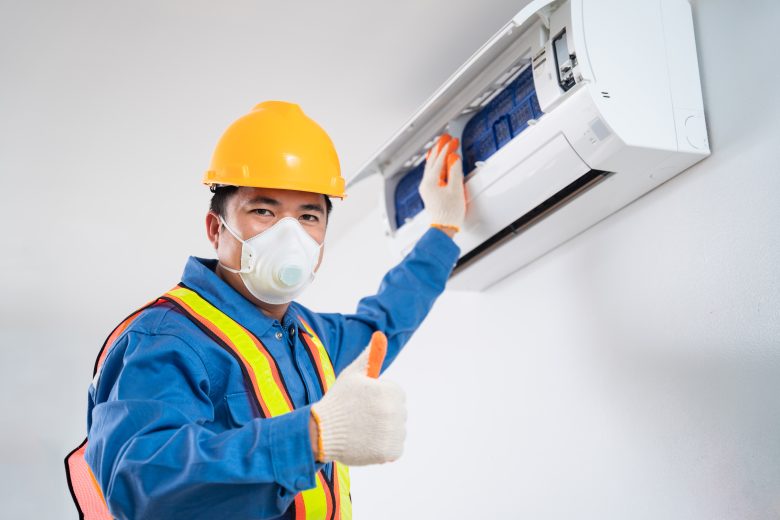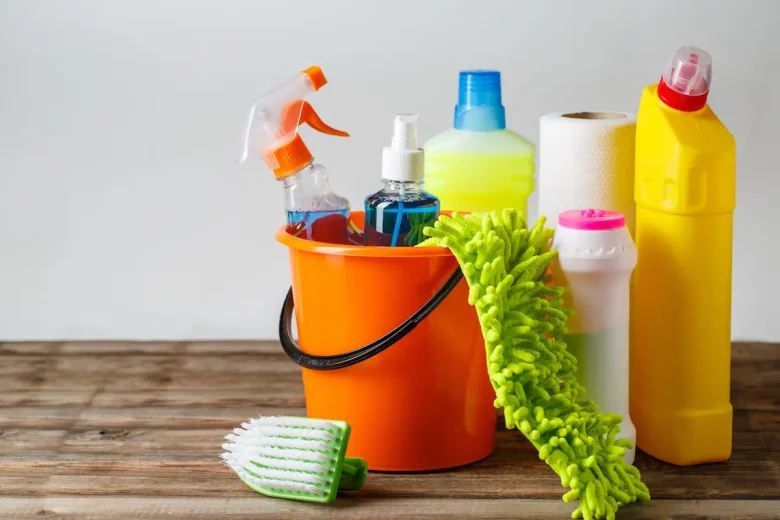Maintaining optimal indoor air quality is essential for any structure built for residential, commercial, or business purposes. The quality of air and ventilation can significantly influence the level of comfort and safety the area offers. Moreover, poor air quality can be hazardous to health. Thus, home or building owners should prioritize their temperature regulation and ventilation systems and take measures to ensure that the air quality in their property is safe for everyone.
With this in mind, it’s essential to know the different causes of indoor air pollution, their health risks, and how to solve the problem. It’s necessary to act promptly when addressing indoor air pollution as their effects may not be easily recognizable but can seriously endanger people’s health. Furthermore, persistent problems in air quality can have detrimental effects on an enterprise, as it can decrease employees’ productivity or leave a wrong impression on customers.
If you’d like to know about the common causes of indoor air pollution and helpful tips for addressing them, click here to find out more.
Contents
1. Outdoor Air Pollutants
Part of ventilating a living or workspace is allowing outdoor air to come in and circulate in the area. However, this ventilation allows air pollutants inside the vicinity, harming air purification. To address this problem, you can select an appropriate time to open doors and windows to ventilate your space, such as early mornings or late evenings when there’s less traffic near your vicinity. You can also consider the temperature, weather, and daily air pollution forecasts in your locality before letting outdoor air into your home or property.
2. Dirt And Debris Accumulation In Temperature Regulation Systems

Because of their air-moving mechanisms, the heating and cooling systems pull in pollutants such as dust, dirt, debris, particulates, and other substances that circulate with the indoor air. With constant use and exposure, your HVAC accumulates these impurities, which can continue to rotate and pollute the air indoors if not remedied immediately.
To avoid this scenario, you’ll need to schedule regular cleaning and upkeep for your HVAC systems. In between cleaning schedules, you can also use a vacuum cleaner to remove accumulated dirt in the air vents. Then, you can clean or replace your filters to ensure that the dirt collected on them will be removed entirely.
Choose a suitable replacement such as 14x30x1 air filter that will keep your indoor quality at its best.
3. Excess Humidity
Many air quality experts believe that the ideal humidity levels for homes should range between 35% to 60%. This range is widely considered safe to discourage the growth and spread of viruses and bacteria, which can harm health. For instance, mold and mildew are known to thrive in humid environments, both of which are known to pose serious health risks. Hence, it’s essential to address excess humidity or moisture issues in your home or property.
Here are some ways you can manage humidity levels indoors:
- Use a dehumidifier
- Improve ventilation and temperature regulation systems
- Move houseplants outdoors
- Avoid taking prolonged hot showers as the steam can boost humidity
- Fix any leaks in pipes and water supply systems
- Clean gutters and repair any leaks or damage that can bring excess moisture indoors
If you hang your clothes to dry indoors after washing, you may also have to move your clothesline outdoors to prevent moisture inside your property. This way, you’ll be able to maintain humidity levels at an ideal range and protect your indoor air quality.
4. Fumes From Chemical-Based Products

Source: keckmedicine.org
There are various chemical-based products commonly used in homes that emit hazardous fumes. Some examples of these products are cleaning agents, bleach, insect sprays, cosmetics, and gasoline. Apart from their strong odors, these substances also emit fumes that pollute indoor air.
To restore your indoor air quality after using cleaning chemicals or cosmetic items, you can consider the following tips:
- Use an air purifying device
- Put carbon air filters in the room or the exhaust fan.
- Boost ventilation in the area
- Place activated charcoal in the room to let it absorb the strong odors
You can also use natural cleaning products to reduce chemical smells inside a room. For instance, you can mix a cup of white vinegar with water and pour it into a plastic bottle. Then, you need to make a hole in the bottle cap and cover the bottle with it. As the final step, put the bottle in one corner and leave it for a couple of days to absorb the chemical and other foul smells.
5. Tobacco Use
The smoke and fumes emitted from cigarette or tobacco use can also alter indoor air quality. For one, the burnt smell of tobacco leaves can linger inside your home for long periods, and removing it may require deep cleaning. For instance, you may need to change your draperies, covers, and sheets if the fabric absorbs the smoke smell.
Meanwhile, you can also use natural scents and fragrances from flowering plants, diffused essential oils, incense sticks, or scented candles to mask the smell. If time permits, you can also boil water mixed with fruit slices, peels, fragrant flowers, and herbs and let the scent spread indoors. Lastly, you’ll need to ventilate the area and let the wind drive the polluted air out to eliminate the tobacco smell.
6. Food And Cooking Smells

Source: timesofindia.indiatimes.com
Your indoor air quality can also be affected by the smell of food. It can spread while you’re preparing ingredients or cooking meals, or even while you’re dining. Moreover, kitchen waste from fruit and vegetable peels and other biodegradable items can also emit odors. You can use air purifying appliances such as diffusers and fans to remove food and cooking smells from your interior. You can also put plants near your kitchen and dining area to help improve air quality. Lastly, ensure that all spoiled food and other kitchen waste are disposed of regularly.
Conclusion
The air quality in your home or property is a crucial aspect that influences your space’s cleanliness, safety, and comfort levels. Moreover, having polluted indoor air poses serious health risks for the inhabitants of a living or working space. Because of its significance, it’ll be wise to address any concerns regarding indoor air pollution immediately. This way, you’ll avoid health risks and hefty medical treatment costs while protecting the quality of your property.
